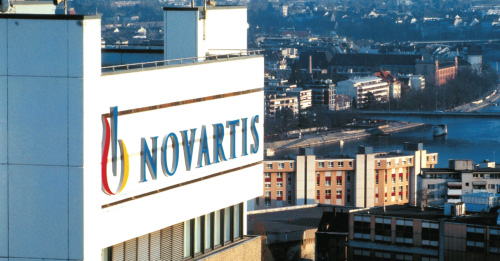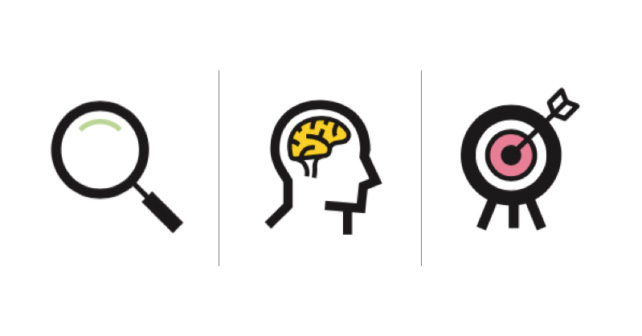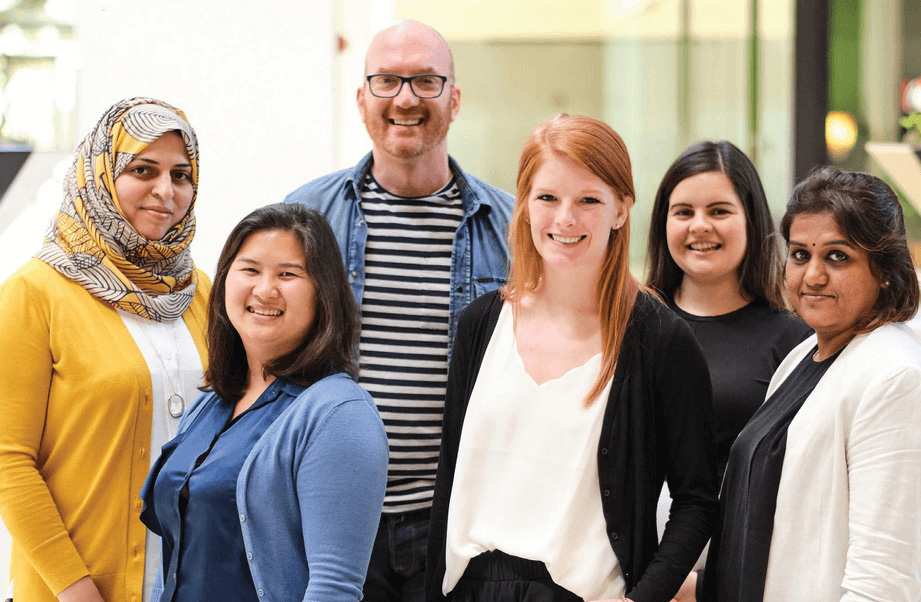Novartis’s Claudia Bidwell explains why fostering female talent is a cornerstone of her company’s development strategy – and how they do such a good job at it.
Introduction by Liz Mellon
Novartis is no stranger to achievements in corporate diversity. In July 2013, Diversity Journal gave Novartis Pharma AG the Innovations Award for Excellence in recognition of the company actively addressing the gap in female leadership and fostering gender diversity. 2013 also saw Novartis’ US Pharmaceuticals affiliate listed on the Working Mother 100 Best Companies list in the United States.
In the first issue of Dialogue, I discussed why a substantial part of the workforce is not represented in equal proportions in most organisations. Why is it that so many women either self-select out before moving into the very top echelons of organisations, or don’t even have an opportunity to fill these leadership roles? It makes no sense to lose female talent while good talent is still so hard to find and retain. Yet the world is full of self-aware global organizations that have good intent and policies to nurture talent, but where progress is woefully slow and painful.
Novartis decided to take a new and different approach to this challenge several years ago. The company started a new strategic initiative in 2010 to develop female leaders. It was not without risk or controversy. What is Novartis getting right? Dialogue asked Claudia Bidwell, global head of organizational development for Novartis Pharma AG, to share her story of the journey the company started to make sure that women are as well represented at all levels in the company as they are in society.
The approach within Novartis Pharma
Novartis is a global healthcare company and is one of the 35 largest companies by market capitalization. Its portfolio of products is designed to meet the varied and complex needs of patients. As our company moved into the second decade of the new millennium, we recognized the business case (laid out in studies by McKinsey, Catalyst and others) for improving the number of female leaders in the company, at all levels.
In the Novartis context, there were very specific business challenges. Women drive a majority of healthcare decision-making and control $12 trillion of the overall $18.4 trillion in global consumer spending. There is also an increase of women in the workforce – in both developed and growth markets. For example, in 2010, 50.6% of all health professionals were women. Both patients and the health professionals we serve need to see a matching representation of female leaders within Novartis. There are also increasing regulatory demands placed on global organizations. While legislation varies and continues to evolve, more European governments are considering introducing binding quotas for the proportion of women on corporate boards. There was a growing recognition within the organization that we should strengthen the female executive pipeline and representation. Although we have above average representation of women in senior management positions versus other Fortune 500 companies, progress to increase this further was seen within the organization as not being quick enough. We needed to accelerate. The aim was to give better exposure to top female talent and at the same time to accelerate the careers of suitable female executives.
Why an executive female leadership development programme?
A key component of our strategy to develop female talent is the Executive Female Leadership Program (EFLP). It is designed to make a difference — at the individual, business and organizational level. It is also intended to make a bold statement and send a message about how serious we are. We chose participants carefully, based on their leadership achievements and potential. It was aimed at preparing them for continued leadership roles. The programme is also intended to provide an experience that impacts not just those who are part of the programme, but also their teams, their managers and the senior management of the organization.
The programme is designed to address specifically those issues that we know talented women may face when striving for the most senior levels of the organization. These include exploring development opportunities and strategic career planning, but also broad cultural issues, such as lack of flexibility in working hours, the impact of dual-career families on mobility and low tolerance for different leadership styles.
EFLP in Detail
EFLP is an all-female programme and definitely not a one-off training course. It is designed as an intensive leadership experience spanning over 12 months, with three face-to-face sessions and a lot of activity in between. It has many distinguishing features, not least that 50% of sessions were led or co-led by the pharmaceuticals division head and executive committee. In fact, our division head David Epstein is very visible about championing it in the business.
It is positioned as a talent initiative and built into our talent management processes. Participants’ progress is reviewed at regional and global executive committee talent sessions at least twice a year. This means the participants benefit from broad development opportunities and longer-term career planning, which was the focus of this programme. Classroom sessions are experiential in format, so that the women can replicate and then adjust some of the situations they face every day at work. But their development is about so much more than classroom learning. Mentors, handpicked from the most senior leaders in Novartis, are assigned to each of the participants. Each also has the benefit of an external coach. Webinars are rolled out on different business and leadership development topics to keep the learning alive between face-to-face sessions.
One additional but important feature is that participants are assigned to small project teams, and each team has to solve a strategic real-time business issue sponsored by an executive committee member. This is a two-way exchange. Executive committee members experience the strategic capability of each participant at close quarters, while the participant gains increased exposure at senior levels. The projects have been a great addition, as they offer real business benefit to Novartis as a company.
Has it made a difference?
The good news is that the initial results look promising. Most of the business projects have been adopted after being presented to the executive committee and provide evidence of the return we have reaped as a company from this important investment in our female leaders.
For the participants themselves, by the middle of 2013, top-line data showed that 20% of participants have been appointed as country heads or general managers, while 14% have been promoted onto a local/country or functional executive committee. A full 80% of participants have moved to new roles (either a promotion or a lateral move to gain breadth of experience). We have also benefited from a 95% retention rate of participants over the past three years.
We have had very strong feedback from participants, the executive committee, our CEO Jo Jimenez and the line managers involved. The programme has also activated internal discussions with both men and women about women in leadership. An unexpected but welcome outcome has been that our Pharma executive committee has benefited from reverse mentoring from the female leaders they are mentoring. We have a strong and extremely motivated group of change agents in the business and the alumnae continue to be very active, both together and through the extended network they are building.
Key learnings
What we have learnt, and would recommend to others, is the importance of senior management commitment. Too often this translates into a guest appearance or speech somewhere along the way. We had constant and continuous sponsorship at the very highest level. We also had a tough selection procedure to ensure high caliber participants. This was about talent development and every woman had to be able to look across the room and consider herself to be in good company. The other aspect we learnt was to make no apologies for what we are doing. Having better representation of female executives is a business issue – it’s not nice to have, it’s a must-have. The level of the programme offering also has to be of the highest quality. Top talent makes for a tough audience. As our number of participants increased over the years, they built momentum as change agents. Success breeds success.
What Next?
Novartis held a further learning session for alumnae in 2013, together with the Pharma executive committee and the division head, to consider how our alumnae can continue to pay forwards everything they have learnt. There are off-shoot developments in the business at different levels to continue to build the female talent pipeline and we continue to track the career development of participants. We can definitely endorse and confirm the investment as worthwhile at many levels.
Claudia Bidwell is global head of talent management, organizational development and staffing at Novartis Pharma AG.
An adapted version of this article appeared on the Dialogue Review website.



